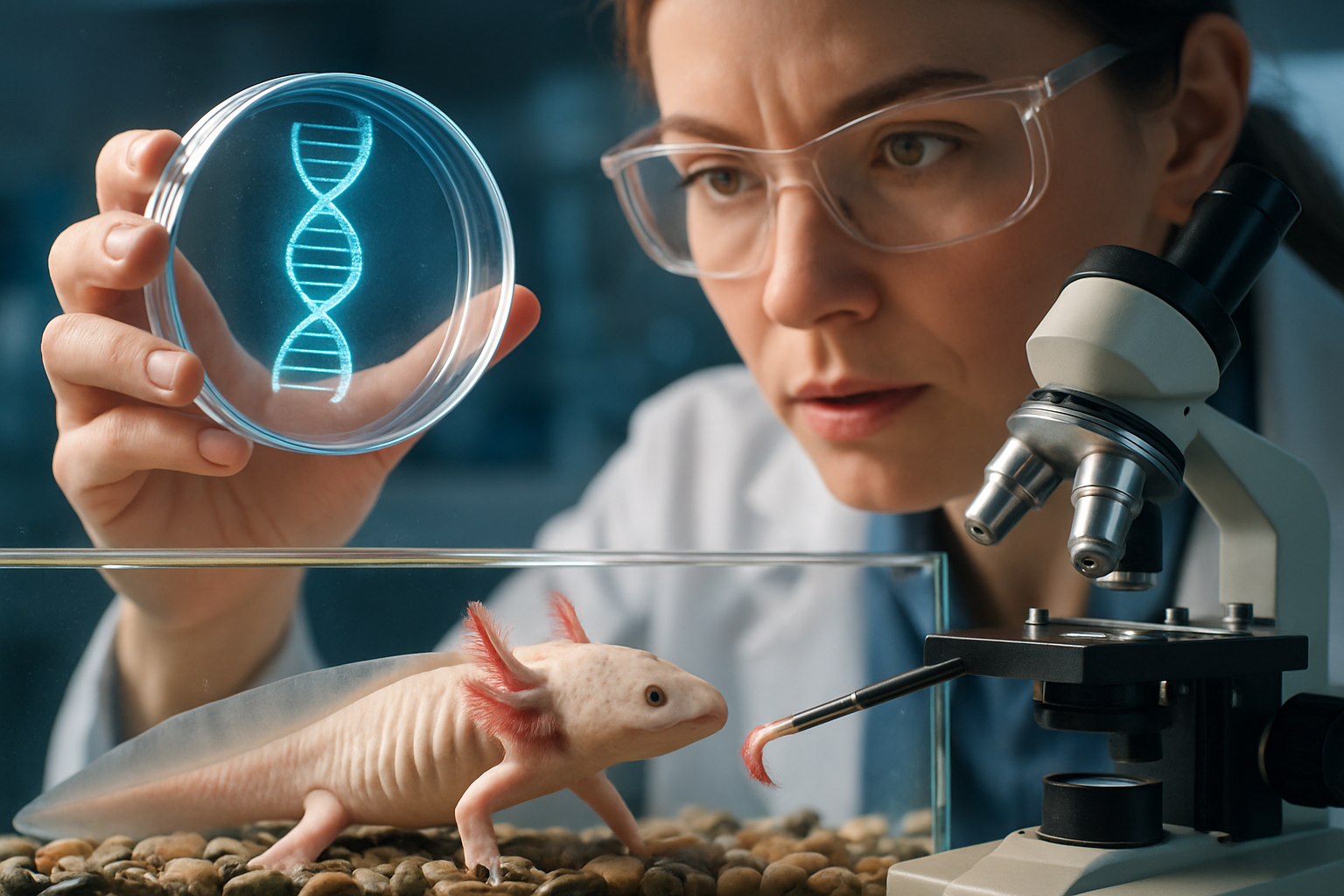Legal Implications of Synthetic Biology: A Regulatory Frontier
Introduction: As scientific advancements blur the lines between natural and artificial life, synthetic biology emerges as a groundbreaking field with far-reaching legal implications. This article delves into the complex regulatory landscape surrounding synthetic biology, exploring the challenges and opportunities it presents for lawmakers and society at large.

The field’s potential to reshape our world has not gone unnoticed by policymakers and legal experts. As synthetic biology pushes the boundaries of what’s possible, it also challenges existing legal frameworks and raises profound ethical questions. The current regulatory landscape, largely built around traditional biotechnology, struggles to keep pace with the rapid advancements in this field.
Regulatory Challenges in a Novel Field
One of the primary challenges in regulating synthetic biology is its interdisciplinary nature. It doesn’t fit neatly into existing regulatory categories, often falling between the jurisdictions of multiple agencies. In the United States, for instance, oversight is shared among the Environmental Protection Agency (EPA), the Food and Drug Administration (FDA), and the Department of Agriculture (USDA), each operating under different statutory authorities.
This fragmented approach can lead to regulatory gaps and overlaps, potentially hindering innovation while also raising safety concerns. For example, a synthetic organism designed for environmental remediation might fall under the purview of both the EPA and the USDA, leading to conflicting requirements or regulatory uncertainty.
Moreover, the novelty of synthetic biology products often outpaces existing regulatory definitions. Traditional risk assessment frameworks may not be adequate for evaluating the potential impacts of entirely new biological entities or significantly modified organisms. This necessitates the development of new risk assessment methodologies and regulatory approaches tailored to synthetic biology.
Intellectual Property Rights and Synthetic Life
The intersection of synthetic biology and intellectual property law presents another complex legal frontier. As researchers and companies create novel biological entities and systems, questions arise about the patentability of living organisms and their components. The landmark 1980 U.S. Supreme Court case Diamond v. Chakrabarty established that genetically modified organisms could be patented. However, synthetic biology pushes this principle further, raising questions about the extent to which artificial life forms and their building blocks can be subject to patent protection.
Additionally, the open-source movement in synthetic biology, exemplified by initiatives like the BioBricks Foundation, challenges traditional notions of intellectual property in the life sciences. This movement advocates for the free sharing of standardized biological parts, akin to open-source software. Such approaches require careful consideration of how intellectual property laws can balance innovation incentives with the benefits of open collaboration in this rapidly evolving field.
Biosecurity and Dual-Use Concerns
Synthetic biology’s potential for both beneficial and harmful applications raises significant biosecurity concerns. The ability to synthesize DNA sequences or create modified organisms could potentially be misused to produce biological weapons or other harmful agents. This dual-use dilemma presents a unique challenge for regulators and policymakers.
Efforts to address these concerns include the development of screening protocols for DNA synthesis orders and the implementation of laboratory biosafety measures. However, as the technology becomes more accessible and decentralized, enforcing such measures becomes increasingly challenging. Striking a balance between promoting scientific progress and ensuring public safety requires innovative legal and policy approaches, potentially including international cooperation and harmonized regulatory frameworks.
Ethical Considerations and Public Engagement
The ethical implications of synthetic biology extend beyond traditional bioethical concerns, touching on fundamental questions about the nature of life and humanity’s role in creating and modifying living systems. As synthetic biology advances, lawmakers and regulators must grapple with these ethical dimensions, considering not only scientific and economic factors but also societal values and public perceptions.
Public engagement and transparency in the regulatory process become crucial in this context. The development of synthetic biology governance frameworks should involve diverse stakeholders, including scientists, ethicists, policymakers, and the general public. This inclusive approach can help ensure that regulations reflect societal values and concerns while fostering public trust in the technology and its oversight.
The Path Forward: Adaptive Regulation
As synthetic biology continues to evolve, so too must the legal and regulatory frameworks governing it. An adaptive regulatory approach, capable of responding to rapid scientific advancements while ensuring adequate safeguards, is essential. This may involve the creation of new regulatory bodies or the restructuring of existing ones to better address the unique challenges posed by synthetic biology.
International cooperation will also play a crucial role in developing effective governance strategies. Given the global nature of scientific research and the potential cross-border impacts of synthetic biology applications, harmonized international standards and regulatory approaches are necessary to ensure comprehensive oversight and promote responsible innovation.
In conclusion, the legal implications of synthetic biology represent a critical frontier in both science and law. As this field continues to advance, it will challenge existing legal paradigms and require innovative regulatory solutions. By addressing these challenges proactively and thoughtfully, we can harness the immense potential of synthetic biology while mitigating its risks, shaping a future where scientific innovation and robust legal frameworks work hand in hand for the benefit of society.





